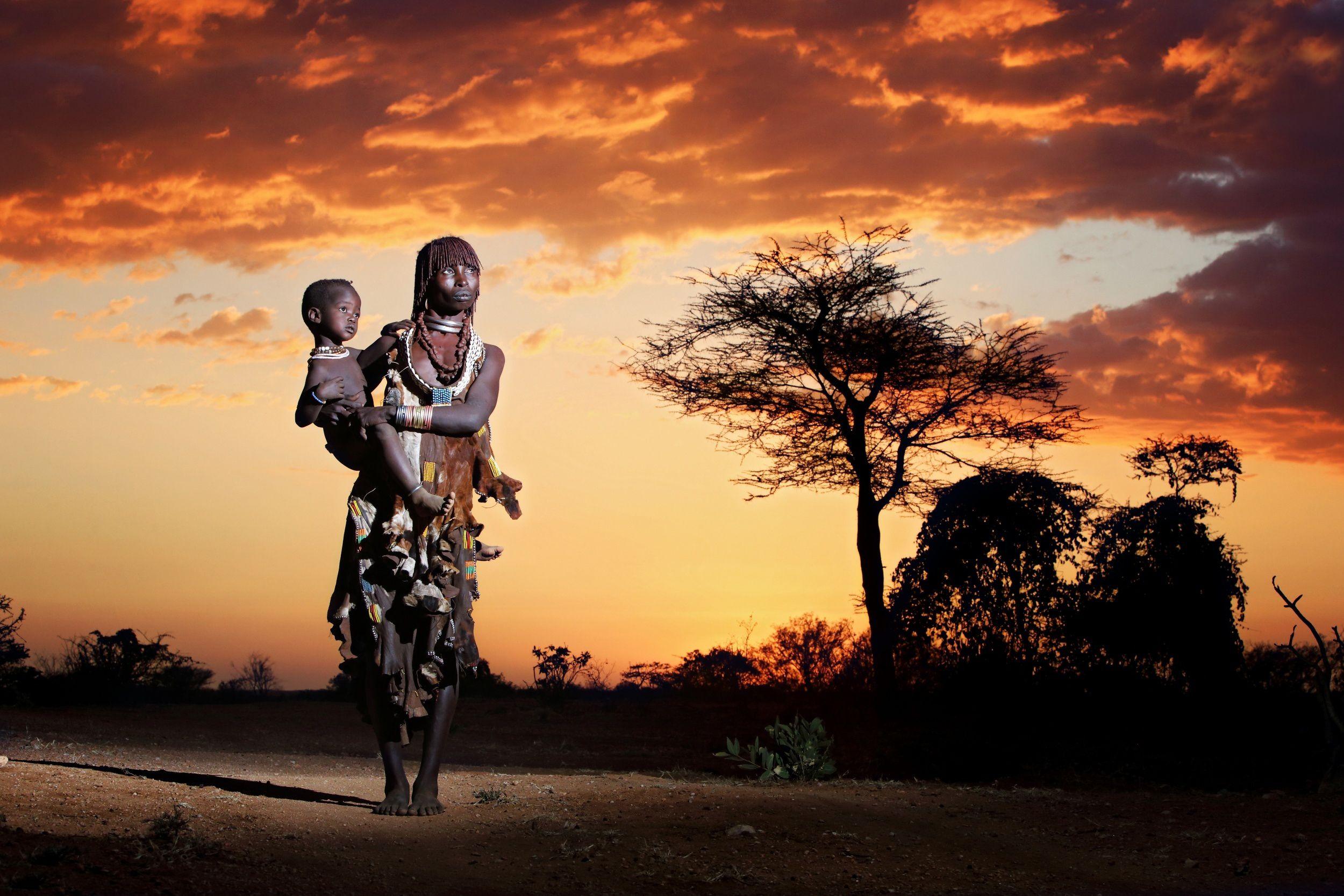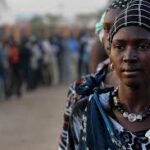Joseph Oleshangay, a 36-year-old human rights lawyer and member of the Maasai community, believes the Tanzanian government sees his people as less than human. For years, he has been at the forefront of a fight to prevent the forced eviction of Maasai from their ancestral lands near national parks. The government claims the evictions are to protect wildlife, but Maasai leaders, including Oleshangay, argue this is simply a pretext for displacing their community to make room for lucrative tourism ventures.
Maasai community members have accused park rangers and security forces of human rights abuses, including killings, sexual assaults, and the seizure of livestock. While they have sought justice through Tanzanian courts, unfavorable rulings have pushed Oleshangay and others to international advocacy. They’ve appealed to funders like the European Union (EU), asking them to reconsider financial support for conservation projects that fuel evictions. In June 2023, the EU withdrew an 18-million-euro conservation grant that had been earmarked for Tanzania and Kenya. An EU spokesperson explained that the decision was made to ensure human rights protections amid rising tensions between the government and the Maasai. The loss of funds is a direct result of the ongoing conflict between the Tanzanian government and the Indigenous Maasai, as the government continues to prioritize tourism development over the preservation of Maasai communities.
Oleshangay, who works with Tanzania’s Legal and Human Rights Centre, explains the Maasai’s dilemma: “We don’t have a problem with conservation, but when you give the government more money, you are financing the displacement of all these people. It has nothing to do with nature, it is all business.” His father, like many Maasai, is facing permanent displacement from areas around the Serengeti to distant, unfamiliar lands.
A History of Displacement
This struggle is part of a long history of Maasai displacement, dating back to colonial times. The Maasai once roamed vast areas of the East African Rift, but colonial powers pushed them off their lands to create the Serengeti National Park, a practice known as fortress conservation. Maasai were forced to relocate to the Ngorongoro Conservation Area and Loliondo, where they were promised they would never be displaced again. Now, that promise has been broken, as the government attempts to remove Maasai from these areas once more. Government officials argue that the Maasai population has grown too large and that their cattle are encroaching on wildlife territory. But Maasai leaders see these actions as part of a broader pattern of abuse, and they have no faith in the government’s willingness to listen to their concerns.
“We lost the Serengeti,” Oleshangay reflects. “My father still remembers what happened like it was yesterday, and I don’t want me or my children to experience the same thing.”
Cultural Survival at Stake
While some Maasai have reluctantly accepted relocation, others, like Oleshangay, are adamant about staying. For them, it’s not just about land—it’s about preserving their culture, traditions, and spiritual connection to their ancestral lands, including the sacred Ol Doinyo Lengai, or “Mountain of God.” “We are not saying everyone wants to stay,” Oleshangay clarifies. “Who we are defending are those who don’t want to go. It’s not just the land, it’s the culture, it’s the religion, it’s everything that makes a society what it is. You ask me to leave, but you are giving me a piece of land that has no value to me.”
As the Maasai fight to preserve their way of life, they face a well-funded and determined government eager to expand the lucrative tourism industry. The international community, from human rights groups to funders like the World Bank, will need to decide whether they will stand by as Tanzania continues to displace its Indigenous people under the guise of wildlife conservation. For now, the Maasai remain resilient, fighting for their land, their culture, and their survival.







Leave a Reply